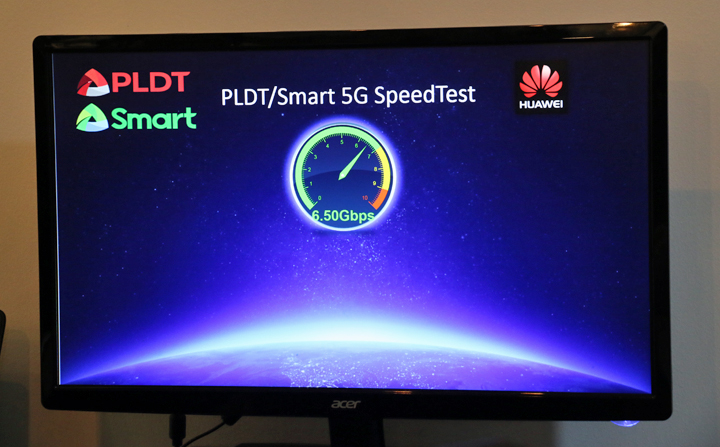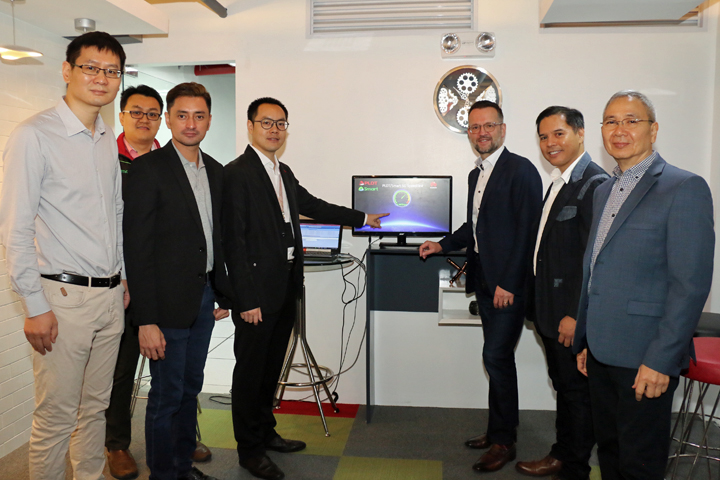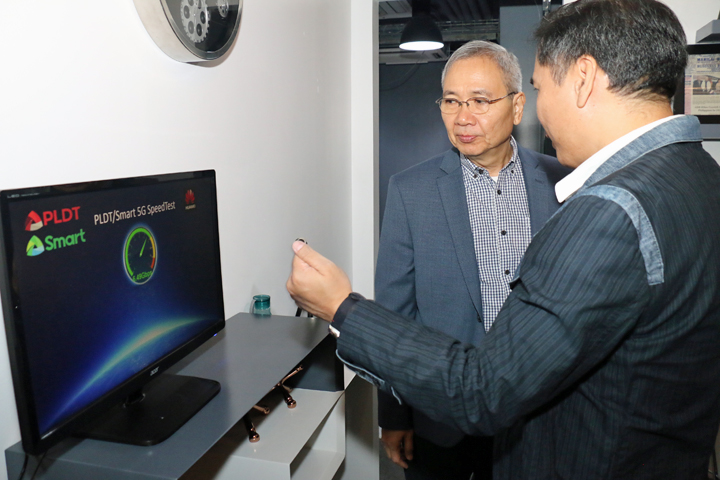The 5G Technolab is a facility that will focus on the research and development, standardization, and testing of 5G, or fifth-generation wireless broadband technologies and services. It was launched on June 2, 2018 by Smart Communications, Inc., PLDT’s wireless arm. Because it can deliver ultra high speed broadband with with low latency, 5G opens up possibilities for Internet of Things (IoT) applications, such as in healthcare and with smart cities. In a test held on June 6, 2018, at the 5G Technolab, Smart and technology partner Huawei achieved 5G speeds breaching 6.5 Gbps.

“Even as 5G network technology is still at its early stages, and keeping in mind that it may take some time before 5G can be available commercially, we are already investing in pilot testing our 5G system and paving the way toward having a ‘5G-ready’ network by 2020,” said Ernesto R. Alberto, PLDT and Smart Executive Vice President and Chief Revenue Officer. He adds that 5G-compatible devices have yet to be available in the market.
Toward a future-proofed network
According to Mario G. Tamayo, PLDT and Smart Senior Vice President for Network Planning and Engineering, Smart aims to “…provide services that are relevant for our customers. There is more to what 5G can do, which includes enhanced mobile broadband services, massive machine type communications, and ultra-reliable and low-latency communications…To do this, we are investing not only in radio access, but also in upgrading the core and transport elements of our network.”

Aligned with this vision is Smart’s ramped up roll-out of Long Term Evolution (LTE), LTE-Advanced (LTE-A) and carrier aggregation technology across the country.
“By firing up LTE and LTE-A in areas from as far north as Batanes to as far south as Sarangani, we are working to make sure that our network is ready to bring world-class connectivity and the digital connected society to our customers, wherever they may be,” Tamayo said.
Smart, Huawei, and the development of the 5G ecosystem
in 2017, PLDT-Smart signed a memorandum of understanding with Huawei Philippines “to shape the strategic and commercial development of the 5G ecosystem in the Philippines.”
Earlier, Smart also achieved 5G speeds of 2.5 Gigabits per second (Gbps) for the first time over a live network in a demo conducted at Nokia Manila Technology Center in Quezon City.
Voice over LTE and Voice Over WiFI Calls
Smart and technology partner Ericsson also made the first voice over LTE (VoLTE) mobile call last year. Enabled by the improved LTE network, VoLTE uses LTE to transmit voice calls, unlike the current practice where calls go through 2G or 3G networks. With VoLTE, customers with VoLTE-capable devices can stay on the 4G/LTE network when making and receiving calls, which makes call set-up time in LTE faster. Call set-up time is the amount of time it takes for the voice call to connect. And because LTE is very efficient in carrying data traffic, a voice call made over LTE is crystal clear quality, with almost no background noise.

Earlier this year, Smart also made the first Voice over Wifi (VoWifi) mobile call with technology partner Huawei. With Wifi Calling, customers can make voice and video calls wherever there is Wifi connection, using the native dialer of their Wifi calling-capable handsets and without the need for third-party applications.
PLDT has committed resources for network transformation. For 2018, PLDT capex is expected to reach P58 billion, and this includes allocations for the aggressive roll-out of its fiber broadband service, which also supports the stepped-up deployment of the mobile network by providing high-capacity links for cellular base stations.
Liked this post? Follow SwirlingOverCoffee on Facebook, YouTube, and Instagram.

